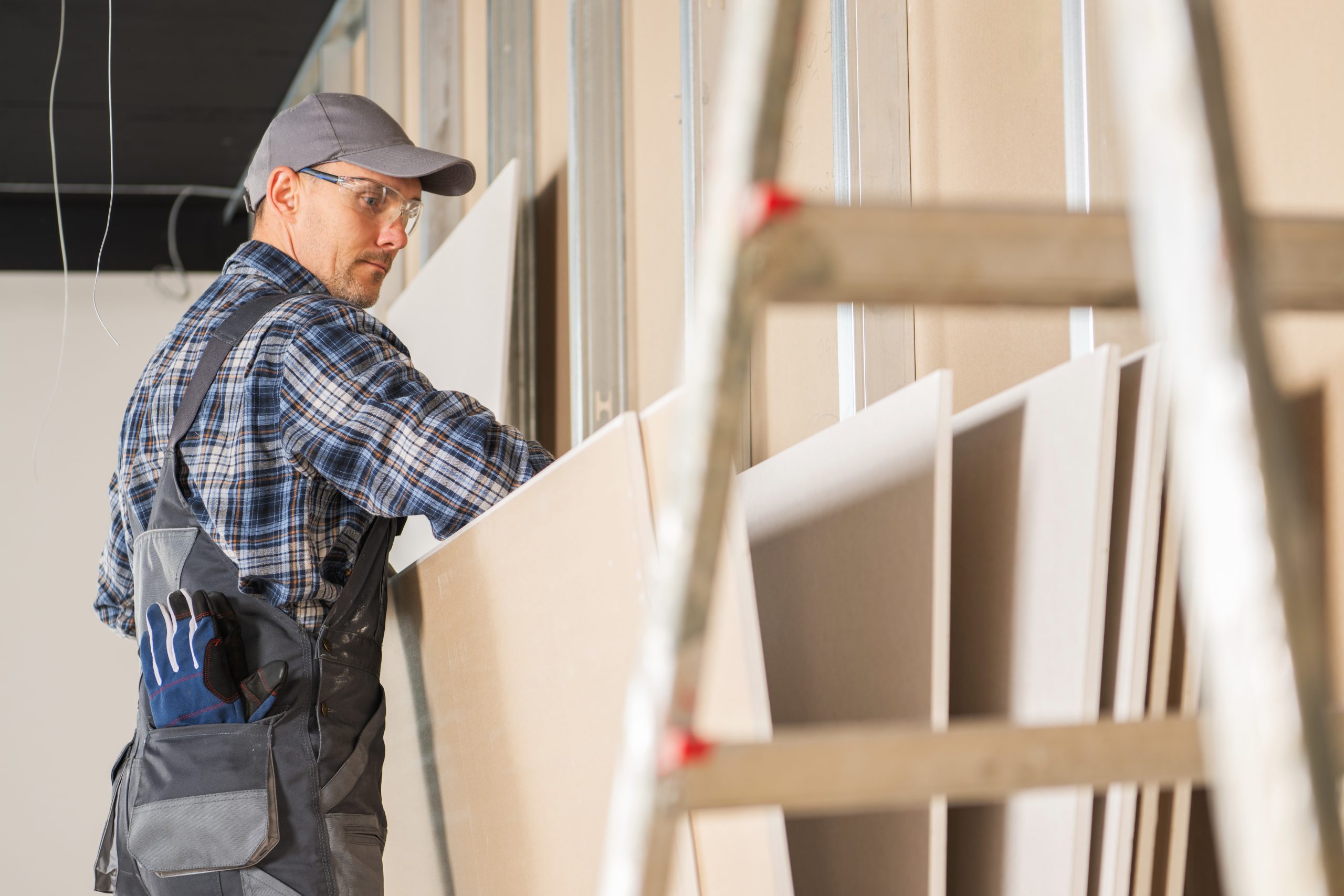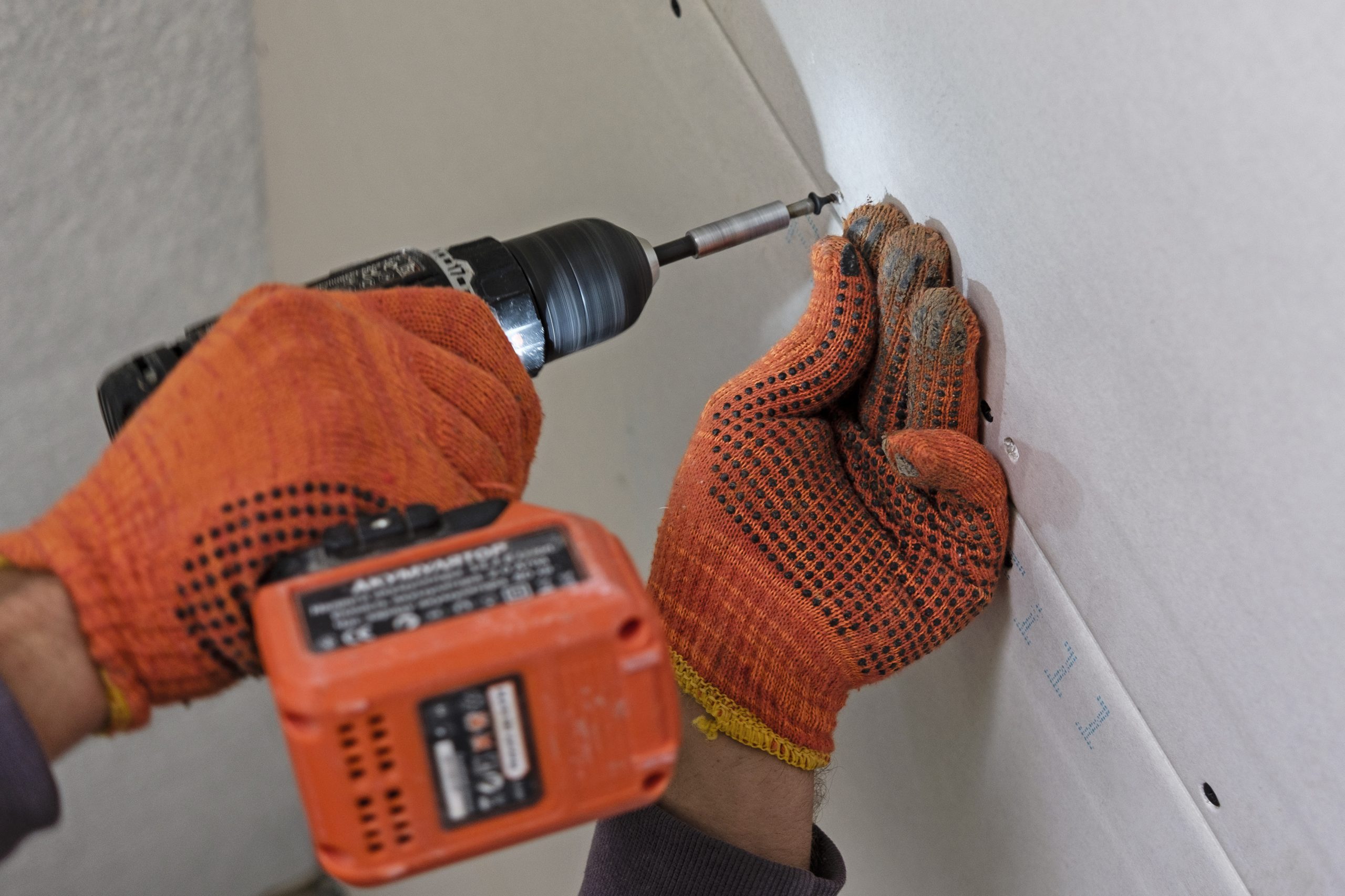Beautifully Crafted Dry Lining.
Dry lining is a technique used to clad internal walls, and occasionally ceilings, to prepare them for painting or covering with materials like wallpaper. This process involves attaching plasterboard to create a smooth surface.
While plastering is a similar process, it is slower and requires more water. Dry lining, on the other hand, is quicker and uses specialist materials, saving both time and money. The term ‘dry’ lining comes from the fact that it uses significantly less water than plastering.
This guide will provide comprehensive information about dry lining, including the materials involved, its advantages, and common applications.
Advantages and disadvantages of using drywall
As with any method, there are upsides and downsides. Let’s start with the benefits of dry lining:
Why is dry lining used?
Put simply, dry lining is much quicker than traditional plastering and achieves a similar result: a wall or surface that is ready to paint or cover. The plasterboard used in dry lining can hide pipes and wires, create insulation space, and even provide soundboarding.
Dry lining is also suitable for a wide range of applications as it can be added to surfaces that include brickwork or uneven surfaces. It can create curved walls too, which allows for creativity or to help manage smaller or uniquely shaped spaces.
Newer properties are often built with stud walls to create separate living spaces, and dry lining plasterboard can easily be added to these walls to make them smooth, sturdy, and safe.


